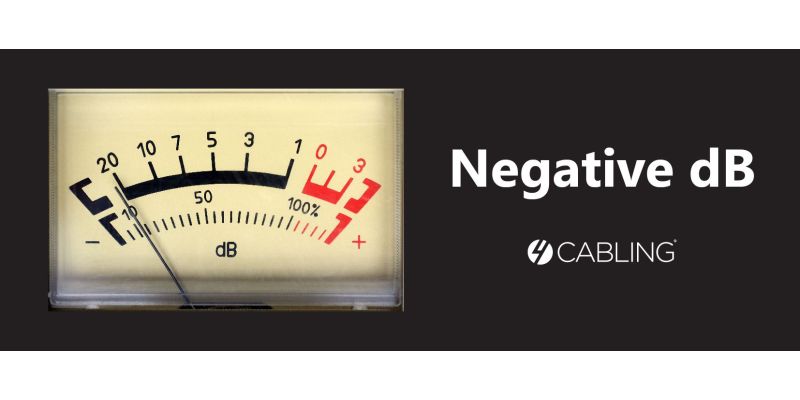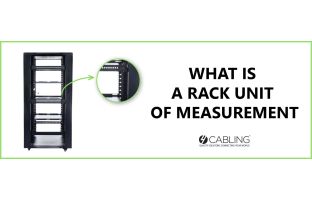What are negative decibels in an amplifier and how do they work?
If you’ve recently purchased an amplifier, you are probably aware of negative decibels and their role in ensuring a functioning sound system. But what exactly are negative decibels and how will they affect the performance of your new sound amplifier and setup of power cables?
What is negative dB?
Decibels (dB) are a unit of measure used to express the ratio of two quantities, such as the power or voltage of an electrical signal. In the context of an amplifier, decibels are often used to express the gain of the amplifier, which is the ratio of the output signal to the input signal.
Negative decibels in an amplifier refer to a gain that is less than 1. For example, if the gain of an amplifier is -6 dB, it means that the output signal is 6 dB lower in power or voltage than the input signal. This is often used to reduce the strength of a signal, such as to reduce the volume of a sound system.
Amplifiers typically have a range of gain settings that can be adjusted to achieve the desired level of amplification. In general, the higher the gain, the stronger the output signal will be.
Why are stereos designed with negative db?
Stereos and other audio systems are often designed with negative decibels (dB) to provide a range of gain settings that can be adjusted to achieve the desired volume level. Decibels are a unit of measure used to express the ratio of two quantities, such as the power or voltage of an electrical signal. In the context of a stereo or audio system, decibels are often used to express the volume of the sound.
Most audio systems are designed with a range of gain settings that can be adjusted to achieve the desired volume level. In general, the higher the gain, the louder the sound will be. However, it is important to be careful when setting the gain, as too much amplification can cause distortion or other problems.
By providing a range of gain settings that includes negative dB values, audio systems can provide a wide range of volume levels, allowing users to adjust the volume to their preferences. This is especially useful in situations where the volume needs to be adjusted to suit the environment or the type of music being played.
What are the benefits of negative dbs?
Negative decibels (or negative sound) can be beneficial in a variety of contexts, including audio systems, electrical systems, and acoustics. Some of the specific benefits of negative dB include:
- Negative dBs can be used to express a level of sound intensity that is lower than the reference level. This can be useful in situations where the reference level is very high, and it is necessary to express small differences in intensity.
- Negative dBs can provide greater insight into the functioning of an audio system due to the fact that the decibel scale is logarithmic. This means that a decrease of 10 dB represents a tenfold decrease in the intensity of the sound. Because of this, negative dBs can make it easier to understand and compare the relative intensity of different sounds, as the differences between them are expressed on a consistent scale.
- In sound engineering and other fields, negative dBs may be used to adjust the volume or balance of sound in a precise way. This can allow for more control over the final output of the audio system.
What does 0dB mean?
0dB is often used as a reference level, meaning that it represents the baseline level of the signal. This level is at the threshold of human hearing.
For example, if the volume of an audio system is set to 0 dB, it means that the volume is exactly at the reference level. If the volume is increased, the gain of the system will be greater than 0 dB, and the volume will be louder. If the volume is decreased, the gain of the system will be less than 0 dB, and the volume will be quieter.
Need more help? Let us know!
Have any other questions about audio or AV cables? Get in touch with our team who will be happy to help answer your questions. Alternatively, if you’ve already decided which cabling solution is right for you, you can browse our wide selection of audio visual and stereo cables here.







